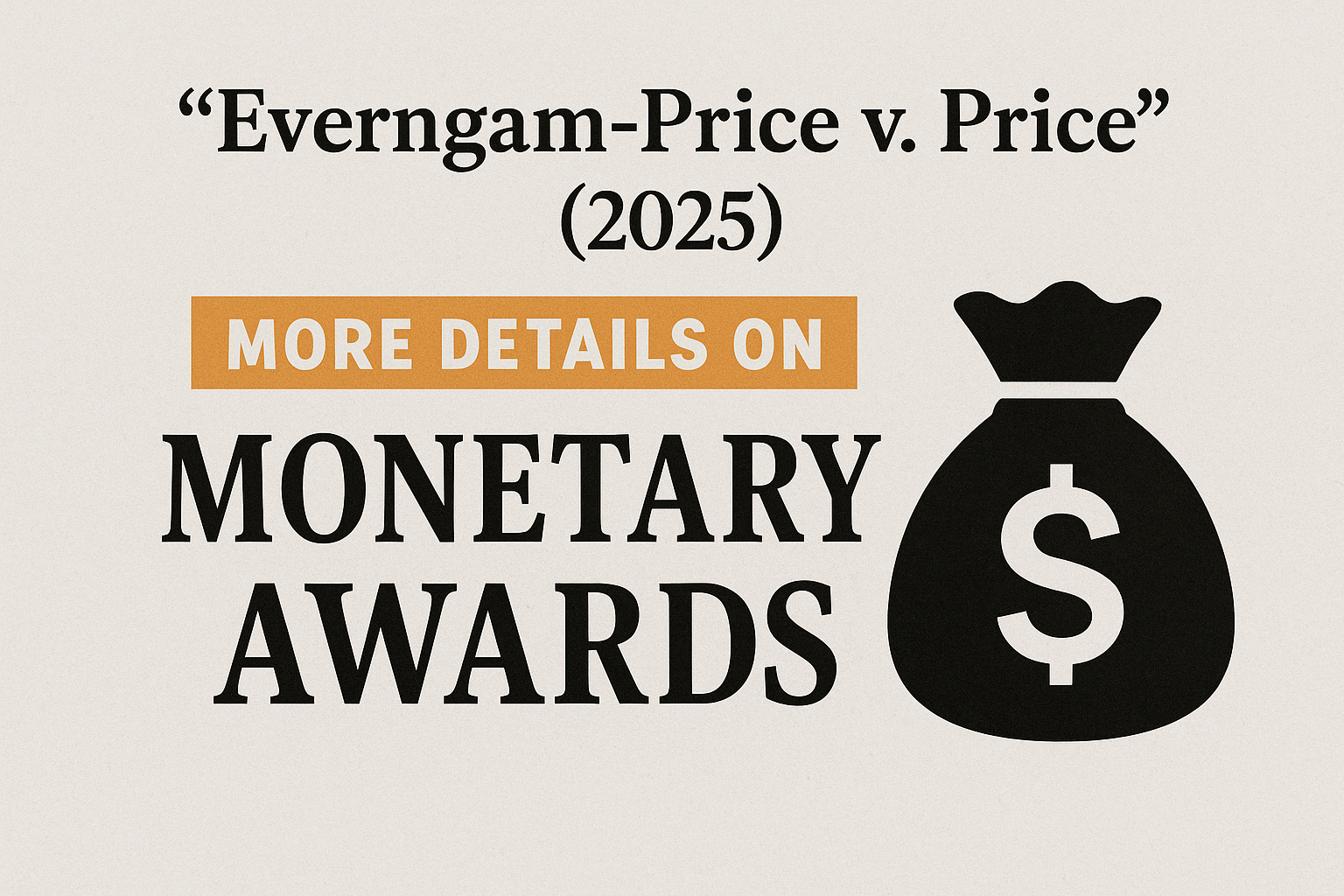Introduction: A Basic Outline of a Last Will & Testament
In recent posts, we’ve given substantive descriptions of some of the primary sections of a last will and testament in Maryland. In these posts, we’ve laid out the basic structure of a will, but we haven’t given a complete or comprehensive outline. In this post, we’re going to give a quick overview of all the primary sections of a will; unlike in previous posts, we won’t dive into the peculiarities of each section very deeply, and will just focus on cursory data. This is meant to give Marylanders a better understanding of what these documents look like in their entirety. Let’s start at the beginning with the “declaration of intent.”
Opening Section / Declaration of Intent
The opening section of a will is generally referred to as the “declaration of intent.” Basically, this initial section is about identifying the will creator and certifying that this will truly expresses his or her true intentions with respect to his or her estate. This section will contain basic personal information and several declarative statements.
Identification of Family & Beneficiaries
Typically, the next section is just concerned with identifying family members and other non-family beneficiaries. This section often resembles a family tree or genealogy, as numerous names, birthdates, and other personal details are included. The idea is to identify family members and beneficiaries with sufficient clarity to avoid potential complications.
Identification of Personal Representative or “Executor”
The next section is focused on the identification of the personal representative, or “executor,” which is the individual entrusted to oversee the administration of the will. Like the previous section, this section includes copious personal details, not just for the main executor but also for possible alternates. Alternates need to be identified in the event that the main option isn’t available.
Real Property Bequests
To “bequeath” something means to formally distribute an item through a valid last will and testament. Hence, “real property bequests” is a section focused on the distribution of whatever real property assets are in the will creator’s portfolio. This section will include specific identifying information on the real property (i.e. physical addresses, legal descriptions, etc.) and the beneficiaries.
Personal Property Bequests
The personal property bequests section (or sections, depending on exactly how the will is structured) deals specifically with the distribution of all personal property assets. Again, as with the real property bequests section, this section includes identifying information for the assets and also personal details for beneficiaries.
Disposition of Other or Remaining Property
Not all property in the decedent’s estate will always be included in the property bequests sections. Often, there is additional property remaining which the decedent intended to either donate, discard, or handle in some other manner (i.e. consignment, auction, etc.).
Burial Instructions
Typically, a last will and testament is not considered complete without burial instructions for the creator. The creator chooses how he or she will be buried (i.e. burial or cremation), and selects the final location for his or her remains.
Contact the Murphy Law Firm for More Resources
Readers who want more information on will structure, other aspects of wills, or another estate planning topic altogether, contact one of the leading estate planning attorneys at the Murphy Law Firm today by calling 240-219-5243.







.webp)




.png)

.png)

.png)
.png)
.png)

